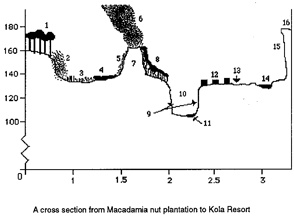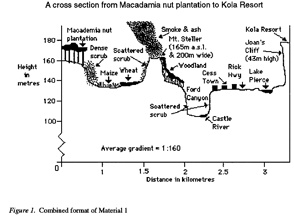K. N. Purnell, R. T. Solman, and J. Sweller. The effects of technical illustrations on cognitive load. Instructional Science, (20):443–462, 1991. [pdf]
————-
The effects on cognitive resources of splitting attention between technical illustrations and their descriptors were examined in four experiments with high school students of good to very good reading ability. Experiment 1 looked at the effect of having descriptors incorporated within technical illustrations and found that there was an observable advantage for combined formats over split formats. In Experiments 2,3 and 4 the combined form of presenting a technical illustration was superior to having the descriptors for the technical illustration in an adjacent key. Attempts to obtain increases in the advantage for the combined format with reinforcement failed to demonstrate any reliable result. These data suggested that the format of technical illustrations which required students to integrate mentally disparate sources of information imposes a heavy cognitiveload. It was concluded that the format of technical illustrations was superior when descriptors were contained within the diagram as cognitive resources were not required to integrate the descriptors and the diagram.
The results of this work show that technical material consisting of mutually referring, disparate sources of information that cannot be understood in isolation should be integrated into a unitary entity. Using this solution, the authors found both memory of those elements and the ability to make inferences beyond those elements to be facilitated compared to the frequently used structures that incorporate distinct sources of information. In the picture below, the experimental material used with the split key, on the left, and with the combined key, on the right.
![]() Tags: information visualization, learning technology, maps, pedagogy, cognitive science
Tags: information visualization, learning technology, maps, pedagogy, cognitive science


